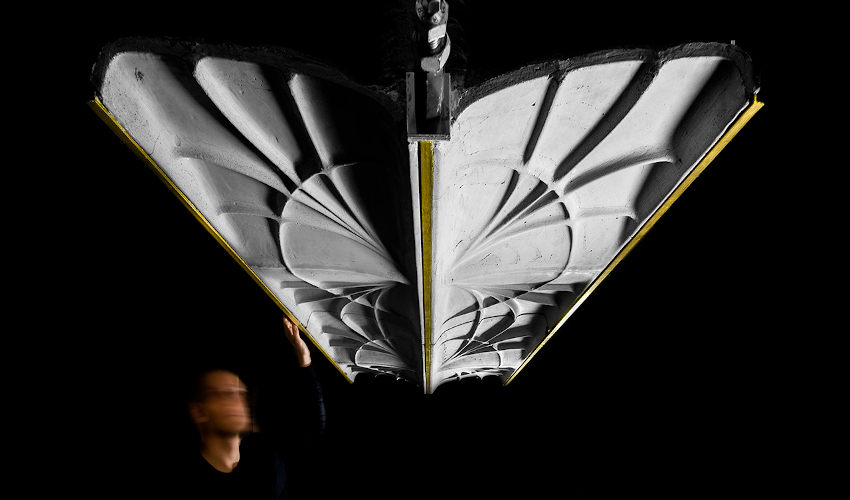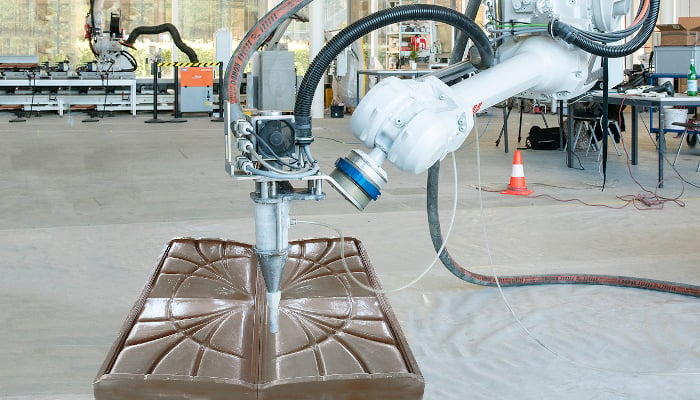Fast Complexity: Efficient and customizable concrete 3D printing

Additive manufacturing is starting to play a very important role in the construction industry. Concrete 3D printing keeps gaining more and more popularity among architects and construction firms for two main reasons – it is cheaper and faster than the conventional processes. Plus, as concrete contributes 8% to the global carbon footprint, it is vital to use it as efficiently as possible, and the existing optimization algorithms allow to cut the amount of material needed in half! But architects have been facing a problem: fabrication technologies are quite limited when it comes to building quickly and at low costs. The conventional formworks (a mold into which concrete is poured) allow to build only predefined geometries with limited customization. That’s where project Fast Complexity comes into play – ETH Zurich introduced an automated solution that combines the fabrication speed with the geometric precision of concrete 3D printing.

Image credit: Digital Building Technologies
Concrete 3D printing
Technically, concrete 3D printing is not drastically different from FDM 3D printing, only the size of the printer is much bigger and instead of a filament, concrete is used. Both concrete 3D printers and FDM printers are controlled via g-code, a machine language that directs the print head of the 3D printer until the desired 3D model is produced. The similarity between plastic FDM printers and concrete printers can be summed up in two words: material extrusion.
Project Fast Complexity
To demonstrate their new method Digital Building Technologies, ETH Zurich used a highly optimized structural slab prototype. A slab is a structural element made of concrete, it’s used to create horizontal surfaces such as floors, ceilings, etc. ETH Zurich’s unique process allows to dynamically control the setting rate of the 3D printed concrete. In other words, builders can “extrude a fluid concrete that perfectly emulates the complex surface of the formwork, and a fast setting concrete that does not need any additional formwork for the upper structure”.
The project Fast Complexity shows that it is possible to make concrete 3D printing more customizable and give designers more freedom of expression, all while keeping it environmentally-friendly and cheaper. The proposed method allows the implementation of completely new aesthetics in slabs, with functional features on both sides. An additional advantage is that the method involves less digital fabrication processes, requires less manual labour, and is more resource-efficient! Given all these remarkable benefits, the new concrete 3D printing technique will enable a “diverse repertoire of contextualised design solutions in real buildings.”
You can find out more about Fast Complexity HERE. What do you think about this project? Let us know in a comment below or on our Facebook and Twitter pages! And remember to sign up for our free weekly Newsletter, to get all the latest news on progress, research and more entrepreneurs in 3D printing send straight to your inbox!






